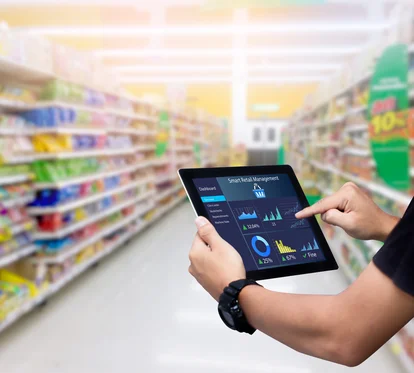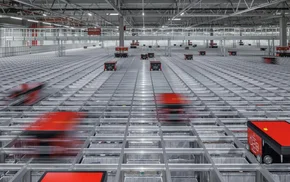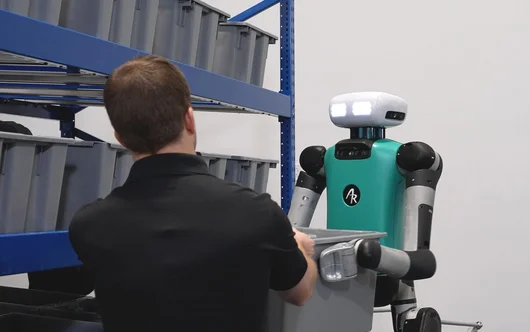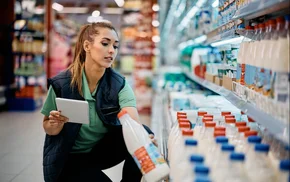Like many other industries, retail is undergoing a major transformation driven by recent advancements in digital technology, which promises to revolutionise the industry as we know it. Robotics technology, and smart inventory management solutions in particular, play a key role in this ongoing transformation, ushering in a new era in retail characterised by innovation, increased personalisation, and unmatched efficiency. By leveraging these cutting-edge technologies, retailers can completely reinvent their approach to logistics and supply chain management. Among other things, they enable retailers to optimise their inventory levels, predict future trends, and provide customers with a more personalised shopping experience than ever before.
Furthermore, thanks to some major advancements in robotics technology, it’s now possible to automate a wide range of repetitive, time-consuming tasks, such as scanning, sorting, and storing. By letting robots do the heavy lifting, retailers can free up their staff to focus on delivering top-notch customer service, which is essential for survival in an increasingly competitive retail landscape. Machine learning, computer vision, and smart shelf technologies will also have a role to play, enabling retailers to streamline their operations and ensure that their shelves are always stocked with the right products. So, join us as we explore the potential implications of these innovative solutions for retail logistics and supply chain management. We’ll also outline the benefits and challenges the adoption of these innovations is likely to bring, and discuss how retailers can use them to cater to the ever-changing needs of today’s consumers.






